Emergence of Wearable Technology
The Analog To Digital Converter Market is witnessing a transformative shift due to the emergence of wearable technology. Devices such as smartwatches and fitness trackers rely heavily on accurate analog to digital conversion to monitor health metrics and provide real-time data to users. As the demand for wearable devices continues to rise, manufacturers are increasingly focusing on developing compact and efficient analog to digital converters that can fit within these small form factors. Market analysis indicates that the wearable technology sector is expected to grow significantly, thereby driving the need for innovative solutions within the Analog To Digital Converter Market to meet the specific requirements of these devices.
Growth in Automotive Electronics
The Analog To Digital Converter Market is also experiencing growth driven by the automotive sector. As vehicles become more technologically advanced, the integration of electronic systems is on the rise. Modern vehicles utilize numerous sensors and electronic components that require efficient analog to digital conversion for optimal performance. The automotive electronics market is projected to expand, with a significant portion of this growth attributed to the increasing adoption of advanced driver-assistance systems (ADAS) and infotainment systems. This trend suggests that the Analog To Digital Converter Market will play a crucial role in supporting the automotive industry's transition towards more sophisticated electronic systems.
Expansion of Consumer Electronics
The Analog To Digital Converter Market is benefiting from the rapid expansion of consumer electronics. With the proliferation of devices such as smartphones, tablets, and smart home appliances, the need for efficient analog to digital conversion is becoming increasingly critical. These devices require high-performance converters to process audio and video signals effectively. Market data indicates that the consumer electronics sector is expected to witness substantial growth, which in turn is likely to boost the demand for analog to digital converters. As manufacturers aim to enhance device functionality and user experience, the Analog To Digital Converter Market is poised for significant advancements and innovations to cater to this expanding market.
Rising Demand for High-Quality Audio and Video
The Analog To Digital Converter Market is experiencing a notable surge in demand for high-quality audio and video applications. As consumers increasingly seek superior sound and visual experiences, manufacturers are compelled to innovate and enhance their products. This trend is particularly evident in sectors such as entertainment and telecommunications, where the need for high-fidelity audio and high-definition video is paramount. According to recent data, the market for high-resolution audio equipment is projected to grow significantly, driving the need for advanced analog to digital converters that can handle higher sampling rates and bit depths. Consequently, this demand is likely to propel the Analog To Digital Converter Market forward, as companies strive to meet consumer expectations for quality.
Advancements in Telecommunications Infrastructure
The Analog To Digital Converter Market is being propelled by advancements in telecommunications infrastructure. As the demand for faster and more reliable communication networks increases, the need for high-performance analog to digital converters becomes essential. These converters are critical in enabling the efficient transmission of data over various communication channels, including fiber optics and wireless networks. Recent data suggests that investments in telecommunications infrastructure are on the rise, particularly in developing regions, which is likely to enhance the demand for advanced analog to digital converters. This trend indicates a promising future for the Analog To Digital Converter Market as it adapts to the evolving needs of the telecommunications sector.


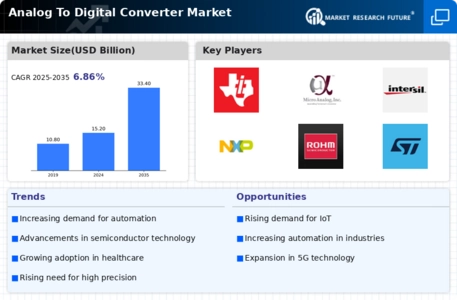
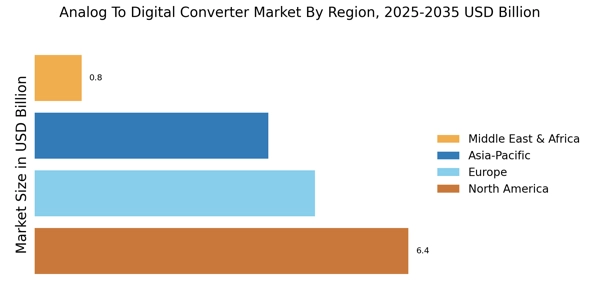
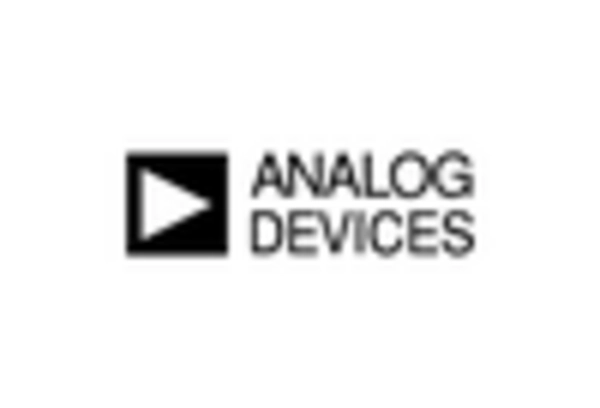
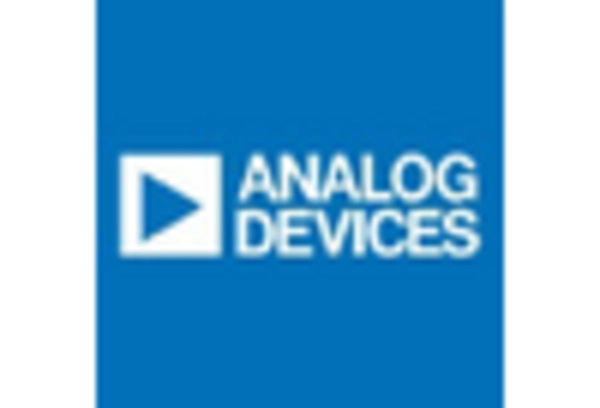
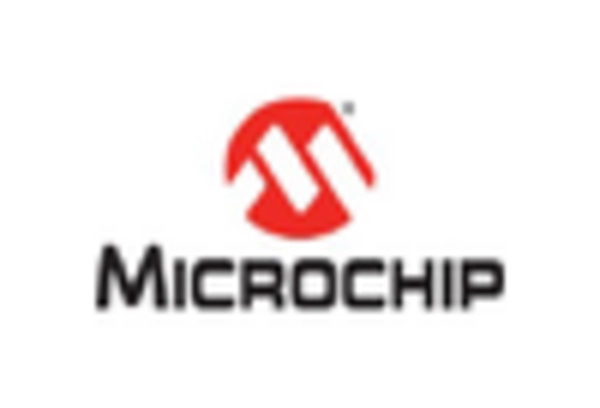










Leave a Comment